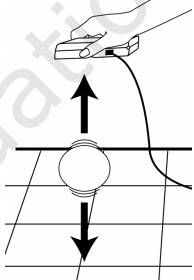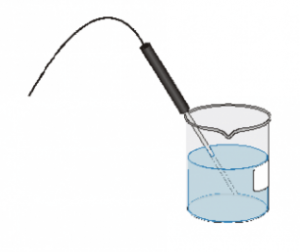Solving Systems of Linear Equations
Standards for Mathematical Practice: Modeling with Mathematics
CCSS.MATH.CONTENT.HSA.REI.C.6
Solve systems of linear equations exactly and approximately (e.g., with graphs), focusing on pairs of linear equations in two variables.
In life, many things take more than one equation to figure out and solve. Things are not exactly the same as the next, particularly when it comes to speed. This math activity allows the students to use Vernier’s CBR-2 and be kinesthetically involved as they learn about what they are doing. The point of this assignment is to use the motion detectors and have their graphing calculators graph the motion of two walkers simultaneously. This will be done in a few different ways so they can see how it is useful to know this math. They will do some where one person is walking and the other person is going faster in an attempt to see where they can “catch up” to the first person. They will also do some where they are going different ways and see where they cross paths depending on the different speeds of the people.
Using the CBR-2 motion detectors will be helpful in keeping the students engaged because it is excited and they have to figure out where they will be crossing. There will definitely be some questions where they have to try and meet certain information like the placement of meeting or have one person at a certain speed. This uses the math practice of modeling which is good because they can use their information from physically doing it and being able to graph the information, then pull the specific data from the graph. The CCSS.MATH.HSA.REI.C.6 relates to this because it is about solving systems of linear equations which there are doing by seeing when their graph of their walking speeds intersect.
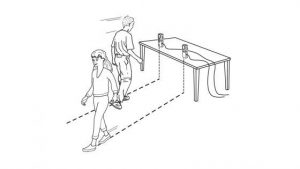
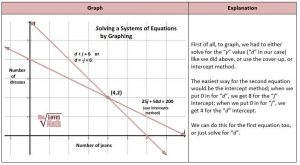

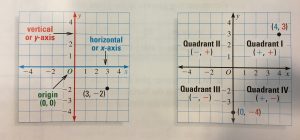

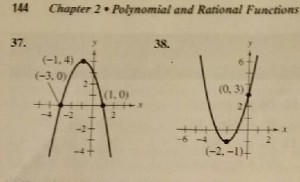


 numerous more lessons involving it, and is especially useful for any movement-based projects/lessons that a teacher plans to do.
numerous more lessons involving it, and is especially useful for any movement-based projects/lessons that a teacher plans to do.